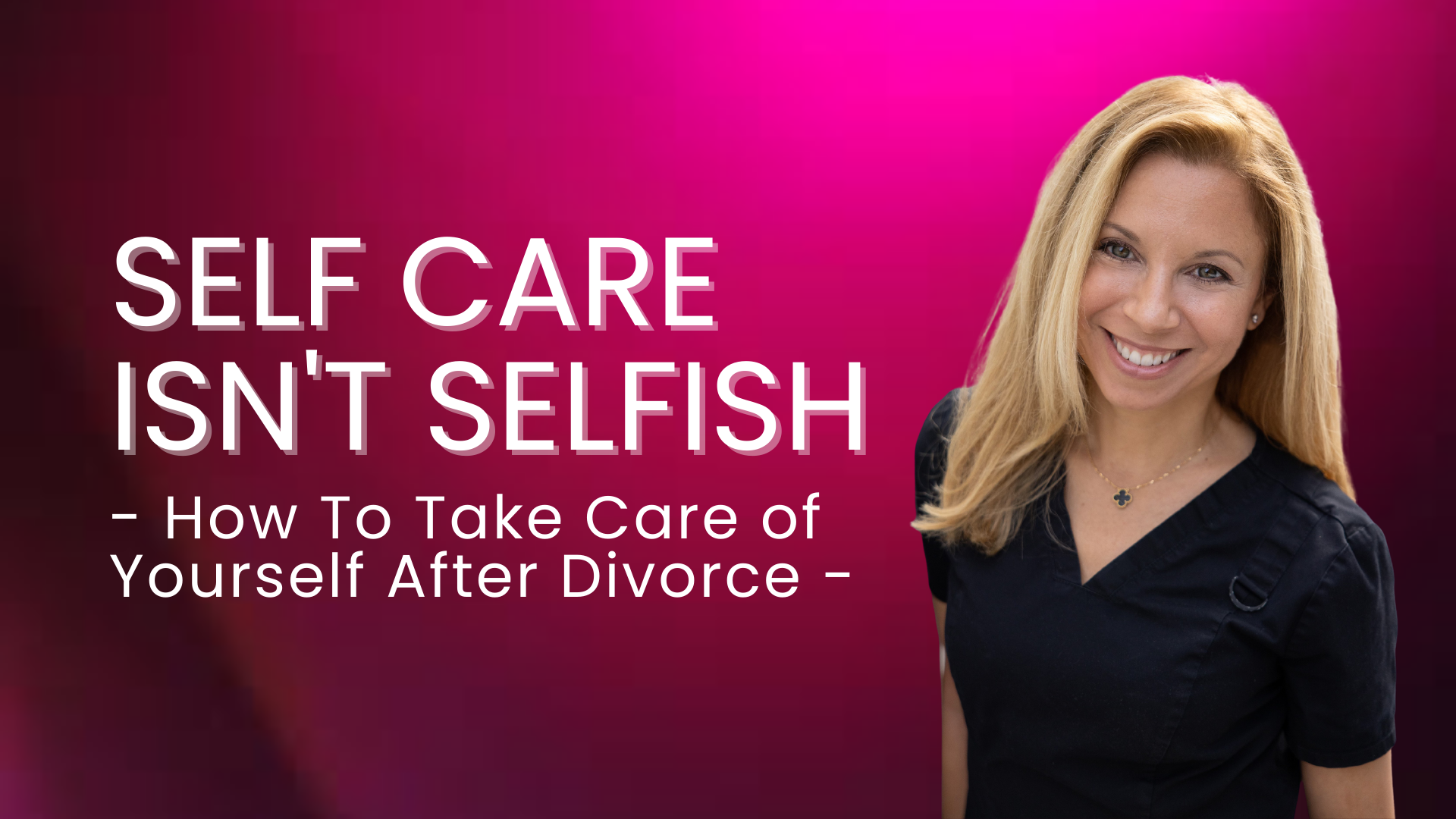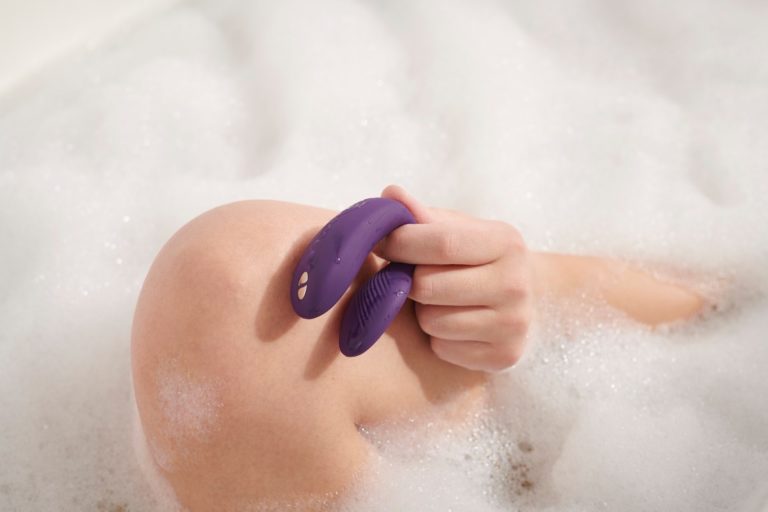
ORGASMS AS SELF CARE
A time-out from dating does not mean a time-out from sexual health.
Orgasms release multiple hormones that can benefit mood, anxiety, immunity, sleep issues, and help maintain a strong pelvic floor.
Decreased orgasms can be a problem for multiple reasons. There are physical, emotional, mental, and medical reasons, just to name a few.
If you are having trouble with orgasms, know that you are not alone. In fact, this is a fairly common issue.
Fortunately, there are many ways to address this – and sometimes, this issue needs to be addressed in multiple ways.
The first step in figuring out decreased orgasms is to meet with your doctor and review your medical history, your medications, and have a physical exam.
It’s important to share any personal history of trauma that may be contributing to sexual function. Some patients may benefit from cognitive behavioral therapy or sex therapy. Sometimes, a medication change can be the answer. Other times, decreased orgasm or delay in reaching orgasm can be related to anatomical issues which may require a procedure to correct.
If orgasms continue to be decreased or muted despite these efforts, there are additional treatment options.
When it comes to treating decreased orgasms, we focus on treatments that increase blood supply to the clitoris and vagina.
- There are over-the-counter products such as topical creams or lotions that contain ingredients that increase blood flow.
- There are oral medications, usually over-the-counter, to improve arousal and orgasm.
If these treatments fail to improve orgasm, there are additional options.
Some of our favorites include the use of:
- O-Shot / Platelet-rich plasma (PRP)
- Carboxytherapy gel
- A one-time in-office treatment.
To learn more about these options and whether or not they are right for you, schedule a consultation. I’d love to help.
WHICH VIBRATOR IS RIGHT FOR ME?
If you’re interested in toe-curling sex in the future, as well as reap the numerous benefits of experiencing orgasm, you may want to keep up with your sexual health – vibrators and clitoral stimulators can be helpful for this.

There are various types of vibrators to consider.
- Bullet: A good first vibrator, the bullet can be used for clitoral stimulation and is great if you want a smaller vibrator for tight and tender vagina or atrophic tissue. It’s usually small and discreet, and some are very quiet too – a good option if you have roommates!
- Classic: This simple vibrator comes in multiple sizes and can be used for clitoral or vaginal stimulation. It features different intensities, speeds, and rates of vibration.
- Rabbit: These vibrators provide both clitoral and vaginal stimulation at the same time, with different intensities and speeds too. A Dr. Canter favorite!
- Remote: These wearable vibrators can be strapped on or inserted into the vagina. It can be used externally during or without simultaneous vaginal sex. You can wear it under clothes and it can be fun to let your partner take the controller.
Note: Clitoral stimulation is an important way for many women to orgasm. In fact, less than 20% of women will actually be able to have vaginal orgasms, so clitoral stimulation is key for most women. Here are a few clitoral stimulator to consider.
- Finger Vibrator: Think of a fun vibrator ring that you or your partner can wear!
- Clitoral Vibrator: Usually larger than a bullet but smaller than a classic, the clitoral vibrator is easier to hold for clitoral stimulation.
- Clitoral Suction Vibrators: This vibrating suction cup is less of a vibrator and gives more of a suction sensation. It comes in varying speeds and intensities.
DEALING WITH DRYNESS
Vaginal dryness is an issue that can affect women at any age.
The most common time that a woman may experience vaginal dryness is in her Peri-menopausal and menopausal years. But believe it or not, even pre-menopausal women can experience vaginal dryness.
You should know that many women struggle with these issues. Dr. Canter has struggled with vaginal dryness herself, and she isn’t shy about talking about her secrets for good sex.
What is unfortunate, is that most women don’t recognize that if they don’t address the atrophic tissues early, it can become more difficult to treat once the atrophy has progressed. Fortunately, in this day and age, women are more open to speaking with their doctors about sexual function issues and discussing multiple treatment options.
If you’re struggling with vaginal dryness, here are a few treatment options that can help:
- Vaginal Moisturizers: including water-based and hyaluronic acid-based moisturizers
- Vaginal Lubricants: including water-based and silicone-based lubricants
- Vaginal hormones: such as estrogen-based hormones and DHE, a vaginal hormone. These can be in the form of FDA-approved vaginal suppositories, tablets, creams, rings, or compounded bio-identical creams
- O-Shot: Using your own platelet-rich plasma to treat the vulvar and vaginal tissues. Not only has PLP been used to improve vaginal and vulvar dryness, but it is also used to improve lichen sclerosis, urinary incontinence, and sexual dysfunction, such as decreased libido/orgasm.
- Carboxytherapy Gel: consists of mixing two creams to produce carbon dioxide. As you know, carbon dioxide triggers a reaction in the body in which oxygen will be carried to the areas that are dense in carbon dioxide to deliver nutrients and remove the carbon dioxide. As a result, there is improved blood flow to the area as well as remodeling of tissue.
- Radio Frequency: energy-based devices such as Viveve radio frequency can be used in combination with procedures like the O-Shot in addition to the use of Carboxytherapy gel to treat some of the most atrophic tissues.

